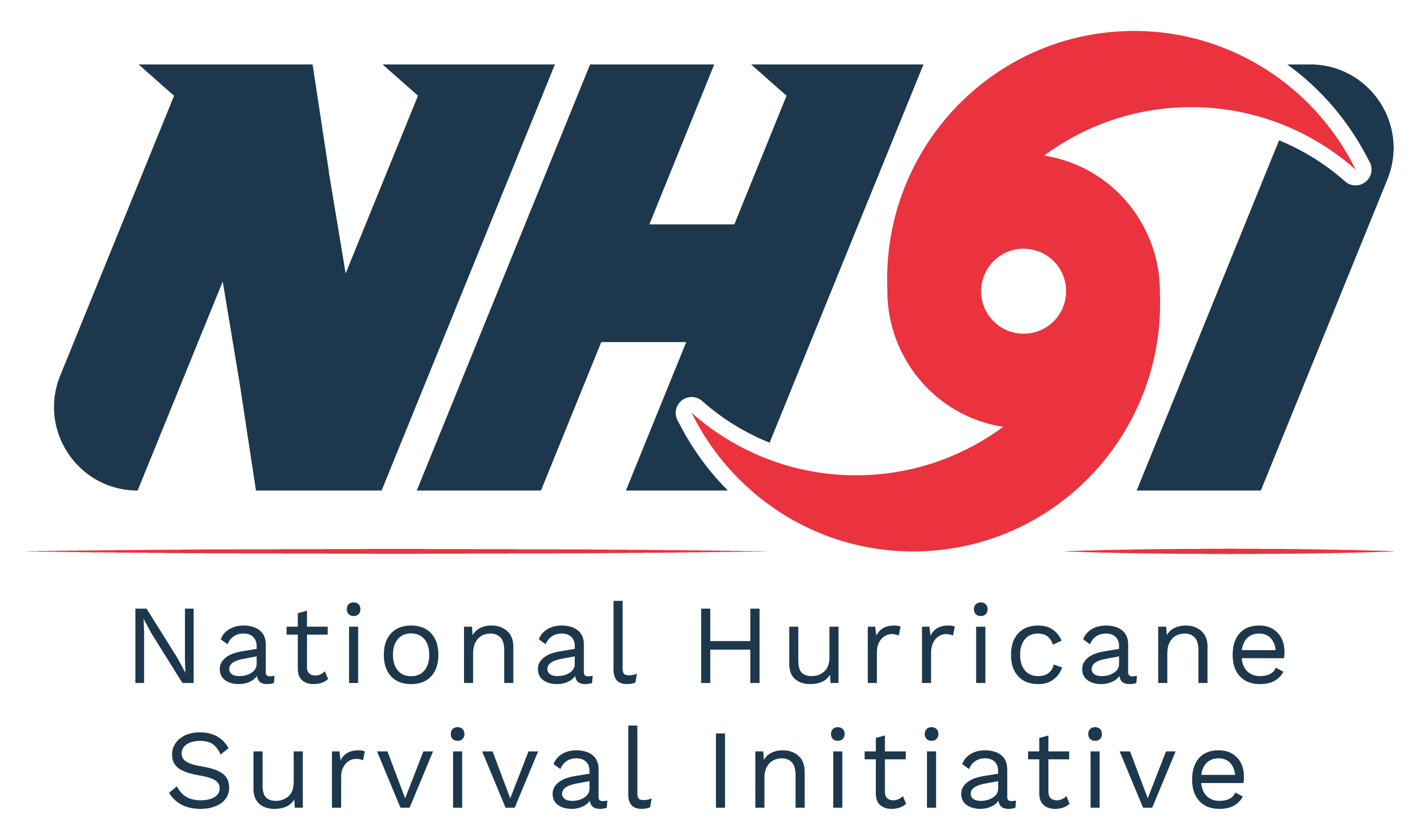As hurricane season begins, make an effort to implement a “set it and forget it” approach by preparing your physical and digital property ahead of time.

Preparing your property, papers and photos for a hurricane should start long before an approaching storm’s so-called “cone of uncertainty” falls upon the Tampa Bay area.
Implement a “set it and forget it” approach to this storm season by preparing your property — your home, your business and your most important documents and photos — ahead of time.
You may not have time to do all that as a storm approaches and handle other critical tasks, such as assembling food and water supplies. The following are some basic rules, and specific information that can be found online using resources such as the Federal Alliance for Safe Homes (www.flash.org) or the National Hurricane Survival Initiative (hurricanesafety.org.)
Protect your home
Seal it: Make sure all of your windows and doors are tightly sealed to keep wind and water out. This will help keep your possessions safe. But if you’ve been taping your windows all this time, experts say, that’s not doing much to protect them. Skip this step in favor of installing heavy hurricane shutters or boarding up windows with plywood that is at least five-eighths of an inch thick. Google the best way to install plywood for your particular house. If you do lose a window, you’ll need more plywood and some tarps to keep it covered until it’s fixed.
Fix your roof: Got a leak? It’s going to get worse. If you’re having issues with your roof, have it inspected to ensure it will not let water into your home and that there are no serious structural issues before a storm arrives. If something goes wrong, you’re going to need even more plastic tarps on hand to keep the roof covered until it gets fixed.
Disarmament: Remove anything from your yard that strong wind gusts could turn into an airborne weapon. That includes lawn decorations, furniture, planters and anything that isn’t tied or bolted down.
Reinforcements: The most vulnerable part of your home might be the garage door, depending on how old it is. A garage door that fails during the storm will leave the house and roof far more vulnerable to wind and rain damage than a broken window. Kits and products for bracing and reinforcing garage doors are sold at home improvement stores.
Protect your business
All of the advice for your home goes for your business, too. Check the structure’s roof, board up windows, bring everything inside and make any necessary repairs.
Needs a trim: Cut away any branches from nearby trees that may impact your business’ office during a hurricane. That goes for any unhealthy or rotting trees, too.
Power down: Turn off utilities, such as electricity, before a storm hits to help prevent surges after power is restored. Don’t forget about large appliances, such as the break room fridge (clean it out before you turn the power off, too; in fact, just clean it out).
Information security: Crucial documents that have not been backed up on hard drives and the cloud should be placed in waterproof containers. If the building is in an endangered area, or you’ll need to access them right after a storm, consider moving them to a safer, more accessible location.
Road trip: Make sure you have the equipment, documents, information and passwords you may need to run the business remotely after a storm.
Protect your documents, photos
Make a checklist of all your important documents and photos and consider storing physical copies in another location.
One word, plastics: Store your important documents and photos in a waterproof container or bag to protect them from being ruined by rain or flooding. It could be a waterproof lockbox or just a binder with plastic sleeves.
Card game: Don’t forget to gather, organize and store important items such as your driver’s license, passport, insurance information, medical documents, financial records, checkbooks, birth certificates and Social Security cards. You’ll want to bring cash along, too, because ATMs and credit cards may not function after a storm.
Portability: If you have to evacuate, make sure to take physical and digital (or both) copies of important documents, photos and records that you cannot do without, just in case you’re cut off from home for a period of time.
Self-preservation: The same steps should be taken to protect irreplaceable family photos. But it’s 2019, are you on the cloud yet? Digital photos and scanned PDF of documents can be stored on hard drives and using cloud services such as Apple’s iCloud, DropBox, Google Drive, Microsoft’s OneDrive, or Amazon Cloud Drive. Some services offer free storage space, so why not save multiple copies of your stuff?
Contact Malena Carollo at [email protected] or (727) 892-2249. Follow @malenacarollo.
